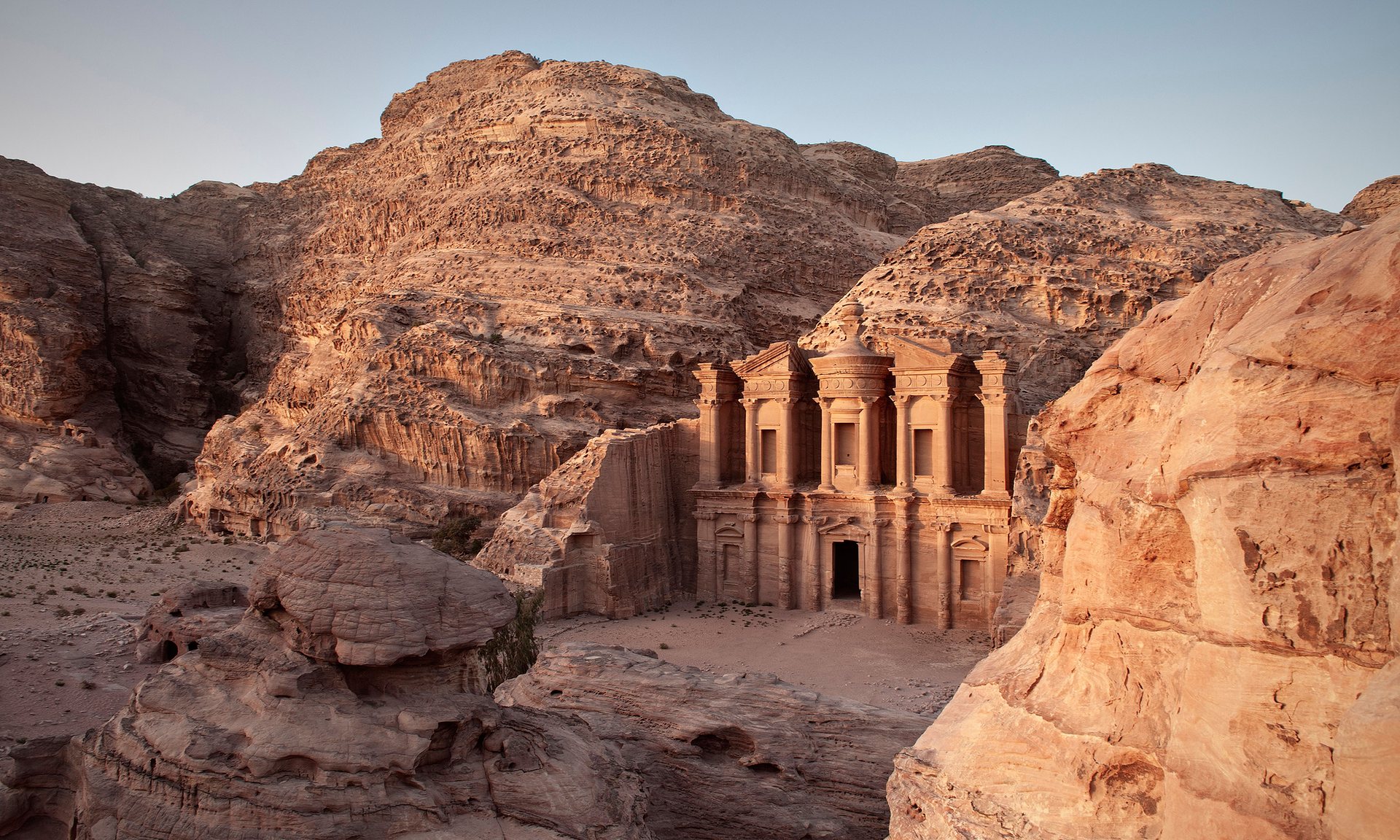Jordan Country: A Journey Through Time, Culture, And Natural Beauty - Visitors can explore Wadi Rum on a 4x4 safari, camel trek, or even a hot air balloon ride. Camping under the stars in this remote desert is an unforgettable experience that allows you to connect with nature and the vastness of the universe. Jordan country is widely regarded as one of the safest destinations in the Middle East. The government and local authorities take security seriously, ensuring the safety of both residents and visitors. However, as with any travel destination, it's important to remain vigilant and follow basic safety precautions.
Visitors can explore Wadi Rum on a 4x4 safari, camel trek, or even a hot air balloon ride. Camping under the stars in this remote desert is an unforgettable experience that allows you to connect with nature and the vastness of the universe.
For those looking to experience contemporary Jordan, Amman's bustling markets, cafes, and restaurants are a must-visit. The city's vibrant arts scene and cultural festivals make it a hub of creativity and innovation.
As we delve into this fascinating country, we'll explore its rich history, diverse culture, stunning natural landscapes, and the warmth of its people. Join us as we uncover the treasures of Jordan country and discover why it's a must-visit destination for travelers around the world.
As we've explored in this article, Jordan's attractions range from the iconic Petra to the serene Dead Sea, the majestic Wadi Rum, and the vibrant city of Amman. Each destination provides a unique glimpse into the country's past, present, and future.
Wadi Rum, often called the "Valley of the Moon," is a breathtaking desert landscape in Jordan country. This UNESCO World Heritage Site is renowned for its towering sandstone and granite mountains, deep canyons, and endless stretches of red sand. Wadi Rum has served as a backdrop for several Hollywood films, including "Lawrence of Arabia" and "The Martian."

Jordan country is a paradise for food lovers, offering a wide array of traditional dishes that reflect its rich cultural heritage. Jordanian cuisine is known for its bold flavors, fresh ingredients, and hearty portions. Mansaf, the national dish of Jordan, is a must-try. It consists of lamb cooked in a yogurt sauce and served over rice or bulgur.
Beyond the Treasury, Petra offers a wealth of attractions, including the Monastery (Ad-Deir), the Royal Tombs, and the Great Temple. Exploring Petra is like stepping back in time, with each structure telling a story of the Nabatean civilization's achievements and daily life.
Other popular dishes include falafel, hummus, tabbouleh, and maqluba, a rice-based dish with layers of vegetables and meat. Jordanian coffee, spiced with cardamom, is a staple beverage that accompanies many meals.
From the iconic rose-red city of Petra to the serene waters of the Dead Sea, Jordan is a destination that captivates the imagination. Its strategic location at the intersection of Europe, Asia, and Africa has made it a melting pot of cultures, influences, and stories that span thousands of years.
No trip to Jordan country is complete without a visit to the Dead Sea, one of the world's most unique natural wonders. Located at the lowest point on Earth, the Dead Sea is famous for its high salt content, which makes floating effortless. Its mineral-rich waters and mud are renowned for their therapeutic properties, attracting visitors from around the globe.

Petra is undoubtedly the crown jewel of Jordan country. This ancient city, carved into the cliffs of sandstone, is a marvel of human ingenuity and creativity. The site's most famous feature is the Treasury (Al-Khazneh), a stunning façade that greets visitors as they emerge from the narrow canyon known as the Siq.
One of the most significant historical periods in Jordan is the Nabatean era, during which the city of Petra was established. This UNESCO World Heritage Site is often referred to as the "Rose City" due to the pink-hued sandstone used in its construction. Petra's intricate carvings and grand facades are a testament to the advanced engineering and artistic skills of the Nabatean people.